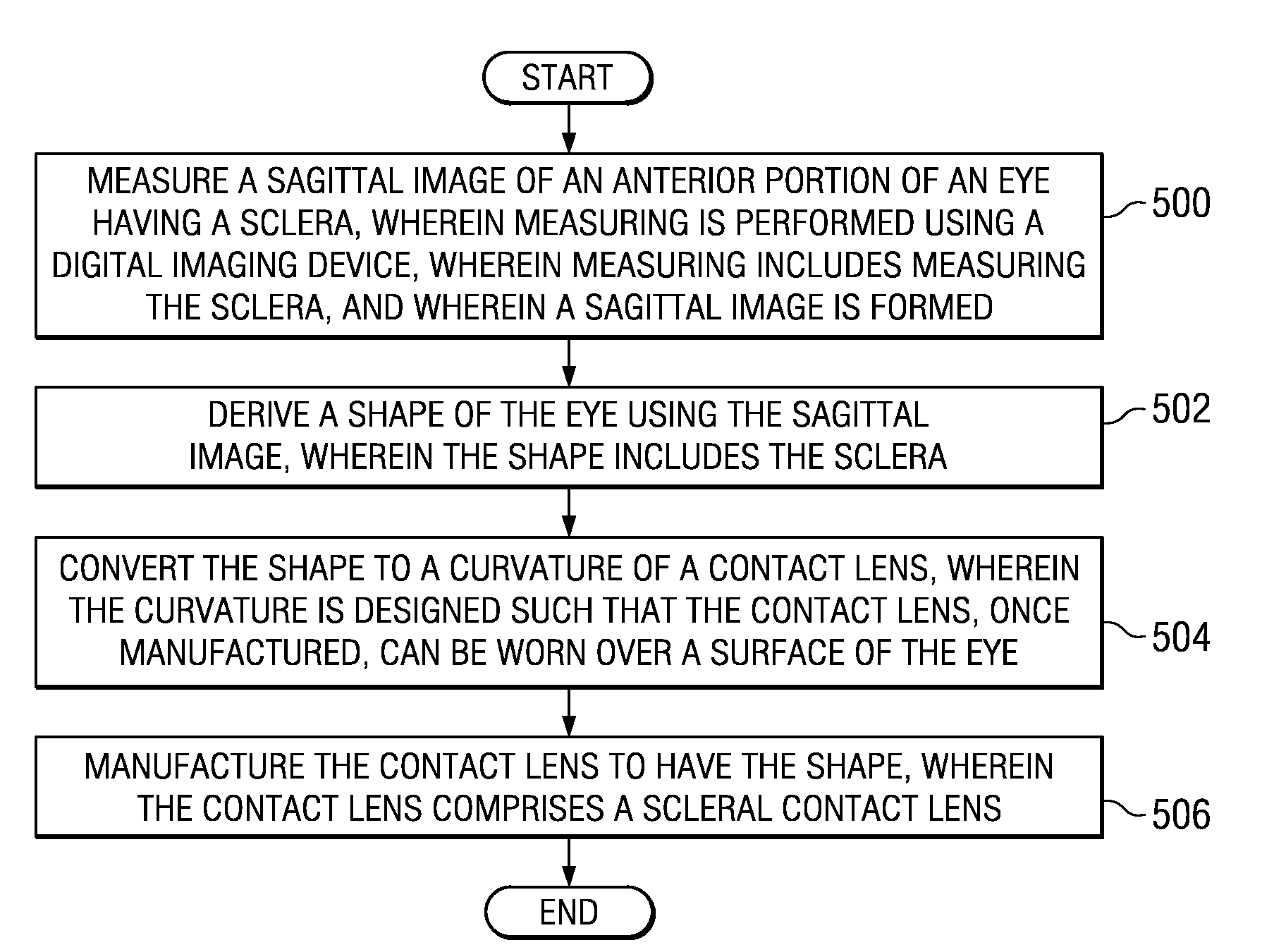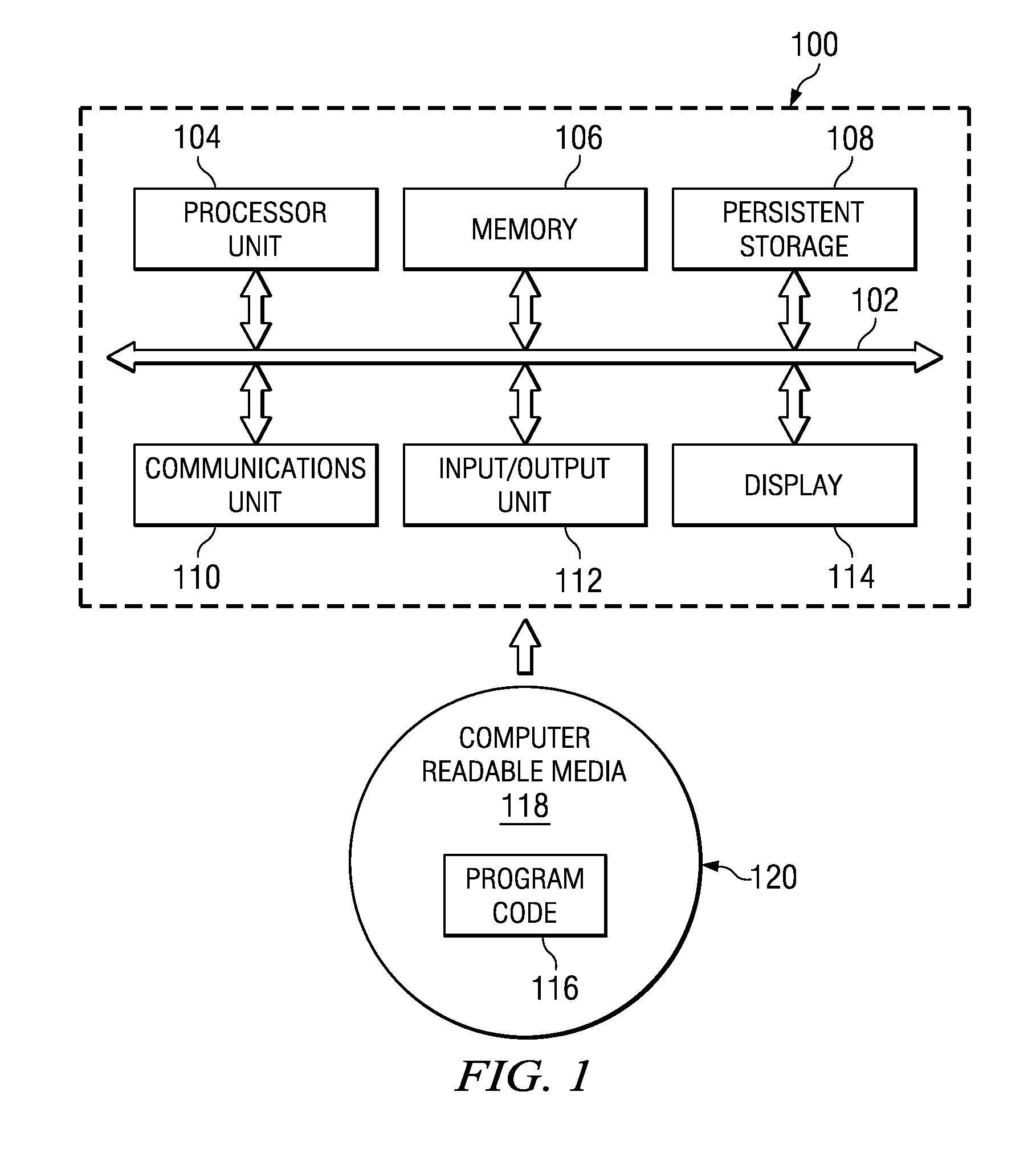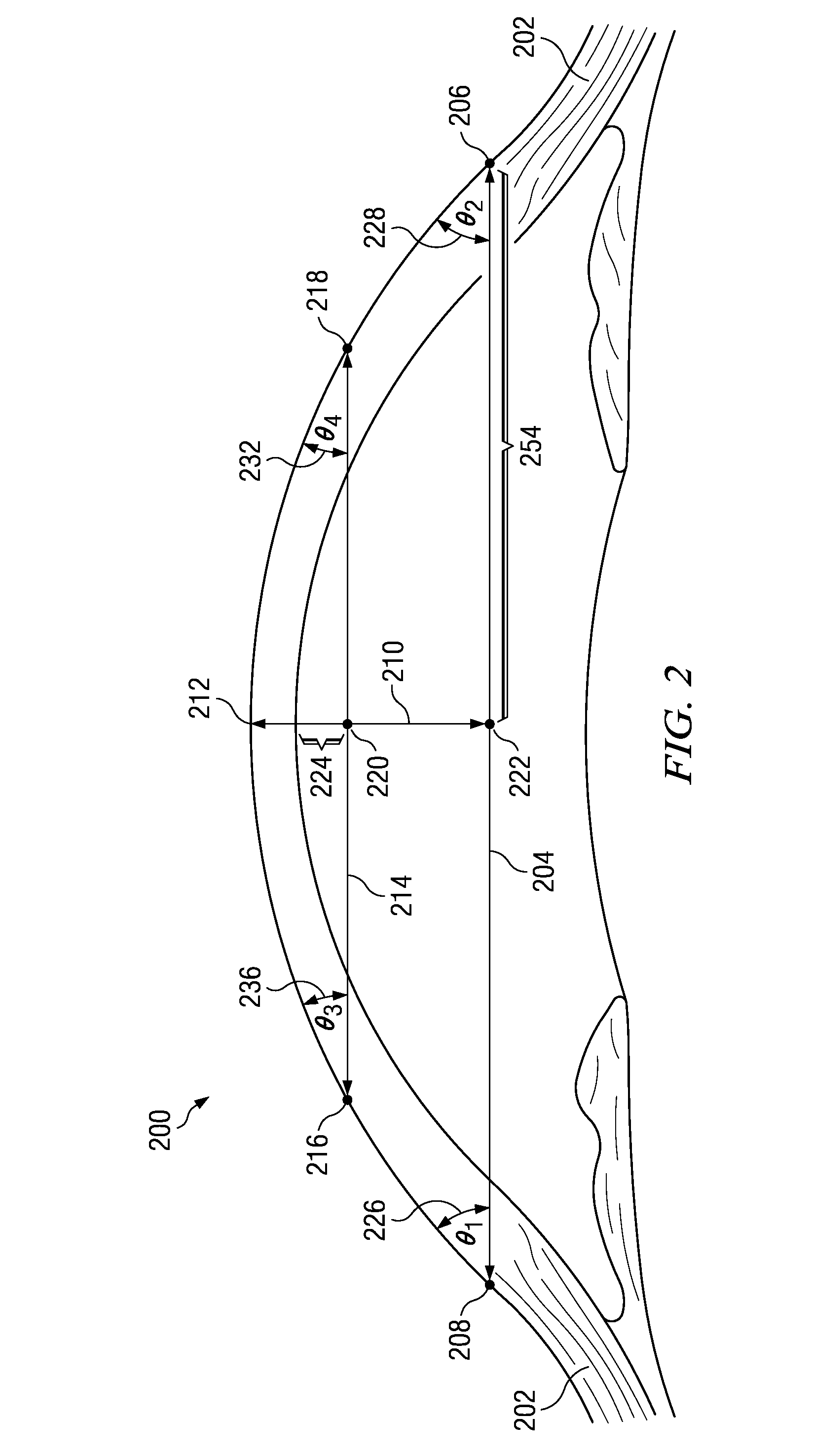Method of fitting rigid gas-permeable contact lenses from high resolution imaging
a technology of high-resolution imaging and contact lenses, which is applied in the field of high-resolution imaging contact lens fitting methods, can solve the problems of time-consuming and expensive process of fitting contact lenses, difficult fitting of scleral contact lenses, and inability to meet the needs of patients,
- Summary
- Abstract
- Description
- Claims
- Application Information
AI Technical Summary
Benefits of technology
Problems solved by technology
Method used
Image
Examples
case 1
[0052] Bilateral Radial Keratotomy (RK)
[0053]The first patient was a 66-year-old man who had undergone bilateral 16 incision RK with 4 t-cuts in 1993. He complained of fluctuating vision and poor acuity. His manifest refraction was +4.00−3.00×135 in the OD and +2.75−1.00×80 in the OS. His best corrected visual acuities were 20 / 30 in the OD and 20 / 25 in the OS. Trial lens fitting was initially attempted. The first set of lenses vaulted the corneas excessively, creating large central air bubble formation. The second set of lenses fit excessively flat, and showed excessive central bearing and edge lift, where the edge of the contact lens lifted away from the sclera.
[0054]After these two unsuccessful attempts at fitting using trial lenses, scans were obtained with the OCT device and converted into sag measurements. This process resulted in a pair of fenestrated lenses exhibiting minimal central vaulting, no bubble formation, and ideal alignment out into the sclera. Visual acuities were ...
case 2
[0055] Bilateral Laser In Situ Keratomileusis With Large Pupils
[0056]The second case is a 37-year-old man who underwent bilateral laser in situ keratomileusis 8 months prior. The patient's chief complaint was severe low-light glare as a result of large pupils. He had tried topical brimonidine to induce miosis, but without consistent results. The method of fitting using trial lenses was not attempted, and sagittal measurements were obtained from high resolution optical coherence tomography and sent directly to the lab. The initial set of lenses exhibited light central touch and nice scleral alignment. Additionally, the right lens exhibited minimal vertical translation with the blink. Another set of lenses was ordered in a larger diameter to improve central corneal clearance and minimize lens translation with blinking. Those goals were realized, except that the right lens exhibited 1 D of flexure. By taking two scans 90 degrees apart, it was discovered that this patient's peripheral c...
case 3
[0057] High Corneal Astigmatism and Corneal Atopy
[0058]The third case was a 45-year-old woman who developed a severe atopic keratitis and was unable to wear conventional contact lenses. Her left eye was highly toric, with more than 4 D of corneal astigmatism. Many attempts had previously been made to fit the left eye with a scleral lens without success, the chief problem being excessive air bubble formation from excessive corneal clearance. After redesigning the left lens into a bitoric using the sagittal measuring techniques described with respect to FIG. 2 and FIG. 3 (obtained using high resolution optical coherence tomography), there was no bubble formation and a minimal amount of corneal clearance was present. The right eye presented fewer problems with fitting, and also exhibited more corneal epithelial verticillata. After several weeks of wearing the scleral lens in the right eye, marked improvement in the epithelial irregularity was observed.
[0059]FIG. 4 is a data structure u...
PUM
 Login to View More
Login to View More Abstract
Description
Claims
Application Information
 Login to View More
Login to View More - R&D
- Intellectual Property
- Life Sciences
- Materials
- Tech Scout
- Unparalleled Data Quality
- Higher Quality Content
- 60% Fewer Hallucinations
Browse by: Latest US Patents, China's latest patents, Technical Efficacy Thesaurus, Application Domain, Technology Topic, Popular Technical Reports.
© 2025 PatSnap. All rights reserved.Legal|Privacy policy|Modern Slavery Act Transparency Statement|Sitemap|About US| Contact US: help@patsnap.com



